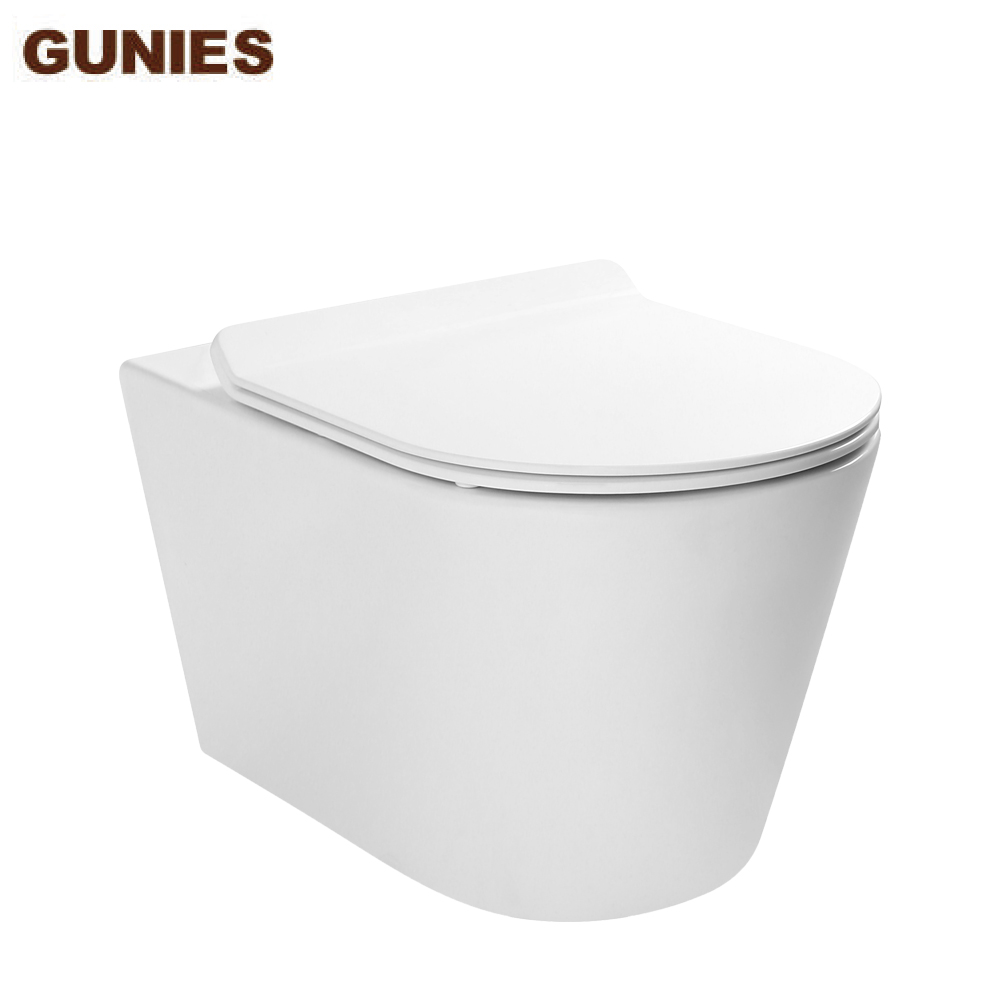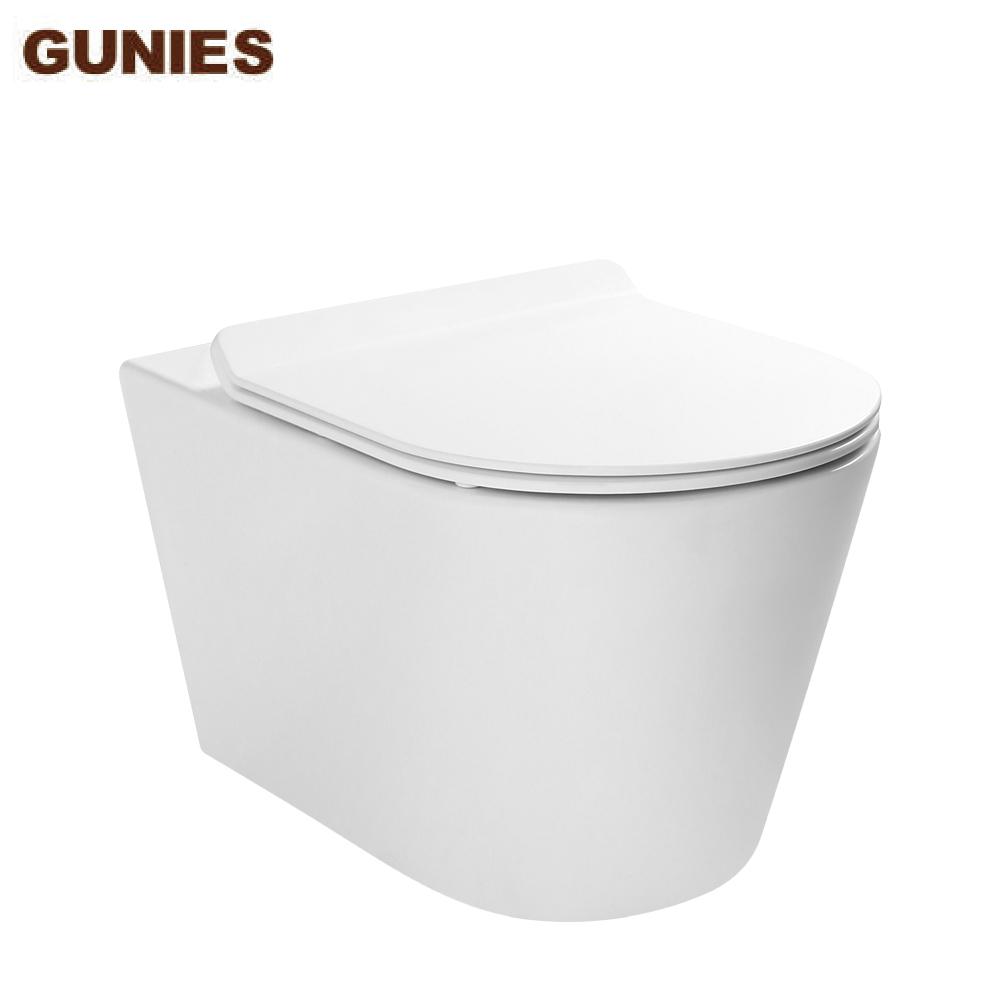In modern apartments, where space is at a premium and design matters, the choice between a smart toilet and a standard toilet is no longer trivial. It’s a decision that touches on comfort, hygiene, efficiency, maintenance, and design. In this article I’ll walk you through the differences between smart and standard toilets, explore key features and trade-offs, consider installation and long-term cost implications, and help you decide which option fits best in your living space.
What is a standard toilet?
When I say standard toilet, I’m referring to the familiar fixture: a porcelain bowl, tank (or tankless variant), a flush mechanism, and straightforward plumbing. The advantages are well-known: relatively low purchase cost, widespread availability, simple installation, and easy servicing.
Key characteristics of a standard toilet:
● A manual flush lever or button.
● Basic ceramic bowl and tank design (or close-coupled tankless models).
● Standard height or comfort height options.
● Relatively low upfront cost compared to high-end models.
● Repairs are usually straightforward: replace the flapper, clean the rim holes, clear a clog, etc.
Because of its simplicity, the standard toilet is reliable. There are fewer extras to break. In an apartment context where the landlord needs something durable and inexpensive to maintain, standard toilets are hard to beat.
However—even with all their advantages—standard toilets have limitations when judged by today’s standards of convenience (for example, self-cleaning, bidet sprays, heated seats) or by modern aesthetic design (wall-hung models, concealed cisterns, slim lines). That is where smart toilets come in.
What is a smart toilet (and why should you care)?
We're talking about a toilet (or toilet/bidet combo) that integrates additional features often found in high-end bathroom designs. These features may include automatic lid opening/closing, built-in bidet functions (warm water wash, air dry), heated seat, self-cleaning nozzles, deodorizing systems, night-light, remote control or app connectivity, water efficiency sensors, and sometimes smart diagnostics.
In modern apartments—where every square foot counts and amenities matter—smart toilets offer more than just a toilet. They promise comfort (heated seat, warm water), hygiene (self-cleaning, bidet spray), design flair (sleek profile, sometimes wall-hung), and often water savings. Additionally, the smart tag matters for marketing a unit: a luxury apartment with smart bathroom fixtures sounds more attractive to tenants.
Some of the standout features you’ll find:
● Bidet wash and air‐dry: replacing the hand-held bidet spray or external bidet seat. Less toilet paper, improved hygiene.
● Self-cleaning nozzles and bowl: either UV light or electrolyzed water systems that reduce maintenance and unpleasant odors.
● Water efficiency and dual-flush: Smart toilets often integrate more sophisticated flushing mechanisms, reducing water usage.
● Heated seat and ambient night light: adds comfort, especially in small apartments where everything counts.
● Connectivity / diagnostic functions: Some models alert for water leaks, high usage, or maintenance needs.
● Design/integration: Wall-hung smart toilets or integrated tanks give a clean look that appeals in modern interiors.
In short, smart toilets go beyond just being functional to become part of the apartment’s experience. But—and this is important—they come at a higher cost and with more maintenance considerations.
What to watch for in a standard toilet?
Choosing a standard toilet doesn’t mean you sacrifice quality; you can still optimize. If you’re opting for standard, here are features worth paying attention to in a modern apartment:
Water efficiency: Choose a model with dual-flush (e.g., 0.8 gpf for liquid / 1.28 gpf for solid) or at least a low-flush option. Save on water bills and support sustainability.
Compact or round/elongated bowl: In smaller bathrooms you may need a round bowl to save space; if space allows, elongate for comfort.
Height / comfort height: Many modern toilets have “comfort height” (around 17–19″ seat height) which is helpful for elderly or taller folks.
Quiet flush or insulated tank: Apartments often share walls/floors—quiet flushing and insulation reduces disturbance.
Rimless bowls or easy-clean glazed surfaces: Even without bidet features, you can choose a bowl that’s easier to maintain (fewer hidden crevices).
Fixture looks and design: Since you’re designing a modern apartment, choose a toilet with clean lines, minimal visible plumbing, and perhaps concealed trap-way.
Quality of parts: Even with a basic model, a good flush valve, strong flapper, durable seat hinges will reduce maintenance.
Brands and parts availability: Choose manufacturers with good local support in your area, in case repairs or part replacements are needed.
What to watch for in a smart toilet?
If you decide to go the smart toilet route, here are specific features you’ll want to evaluate (and compare when choosing among models). Many of these are relevant to modern apartments.
Flush performance and water consumption: Confirm the flush uses a low volume of water (for instance 1.28 gallons per flush or less) and meets standards like EPA WaterSense. Evaluate the flush power (you don’t want frequent clogs or needing a second flush).
Bidet function (spray, wash, air-dry): Does the model offer adjustable water temperature, nozzle position, pulsating wash? If you share with roommates or guests, make sure it has self-cleaning nozzles.
Seat heater and comfort: For colder climates or small apartments where the bathroom doesn’t warm up quickly, a heated seat can feel like luxury—not just fluff.
Self-cleaning / bowl sanitisation: Look for features like electrolyzed water, UV light, rimless bowl design (easier to clean), or automatic deodorising.
Night-light / motion sensor / auto open lid: If your apartment has multiple floors or guests frequently use the bathroom at night, a gentle light and auto-opening lid can add convenience.
Smart connectivity / diagnostics: Some models talk to apps: track water usage, detect leaks, schedule maintenance. In an apartment setting, that’s handy for landlords or for homeowners who want remote control.
Design & mounting style: Wall-hung vs floor-mounted; hidden vs exposed cistern; finish options (matte, gloss; integrated controls). For modern interiors, a wall-hung smart toilet can give a minimalist look.
Electrical & plumbing requirements: Make sure you have GFCI outlet, proper load on the circuit, and check if the required rough-in size (e.g., 14″ back from wall) fits your space.
Warranty and serviceability: Since these models are pricier, make sure the manufacturer offers strong warranty and accessible service parts. Also consider longevity: electronics may degrade faster than a simple ceramic standard toilet.
Cost comparison: purchase + installation + maintenance
Here’s a rough breakdown of what you might expect in an apartment setting (numbers are approximate and vary by region):
Standard toilet
● Purchase: USD $150-$300 for a mid-range model.
● Installation: USD $150-$300 if replacing existing rough-in with minimal changes.
● Maintenance: Occasional flapper replacement, cleaning, maybe seat replacement every few years. Cost: low.
Smart toilet
● Purchase: USD $800-$2,500 depending on features (bidet, self-cleaning, wall-hung).
● Installation: USD $300-$700 or more if you need electrical work, wall reinforcement, carrier frame for wall-hung.
● Maintenance: Electronics, sensors, heating elements may fail or require service. Cost: could be moderate or higher—especially if specialized technician needed.
Making the decision: which is right for your apartment?
Here are some questions you should ask yourself (and if you’re a landlord, ask your tenant profile) to decide wisely.
What is the profile of the building or tenant?
If you’re outfitting luxury apartments, millennials/tech-savvy professionals may expect extras like smart toilets, and you may benefit from advertising smart bathroom fixtures. In a basic rental building, simplicity might win.
What is the bathroom layout and building infrastructure?
If plumbing rough-in is non-standard or bathroom space is extremely tight, the complexity and cost of installing a smart toilet may be higher. If electrical wiring is limited, that’s another barrier.
How much maintenance can you commit to?
If you prefer set it and forget it, a standard toilet is lower risk. If you or your maintenance team are comfortable handling smart fixtures, their benefits may be worth it.
What is the budget and expected lifespan?
Think about payback: How long will you own or rent the unit? Will the extra cost be recouped in utility savings or rent premium? If you expect to move or lease for only a short time, the cost may not be justified.
How important is design and user experience?
If your goal is to create a wow bathroom, the sleekness and convenience of a smart toilet matter. But if you’re more concerned with reliability and cost, go standard.
What about the environment and sustainability?
If your building has a green certification or you aim to reduce water and energy usage, smart toilets with ultra-low flush and sensor features can help—but don’t ignore that added electronics also use power, so check net benefit.
Conclusion
In the world of modern apartments, the difference between a standard toilet and a smart toilet goes far beyond price. It touches on comfort, hygiene, design, sustainability, maintenance, and—yes—marketing.
● If you want a reliable, low-cost solution that simply works, a standard toilet is a strong choice.
● But if you’re aiming for a high-end finish, a standout bathroom experience, or a property that impresses at first glance, a smart toilet can deliver that extra layer of value.
Whichever route you choose, make sure you’ve weighed installation complexity, maintenance overhead, and user-experience impact.


_12011.jpg)

__1__12017.jpg)